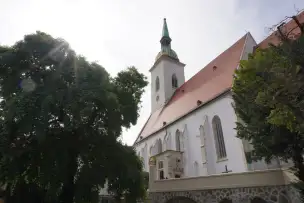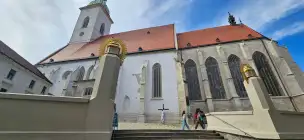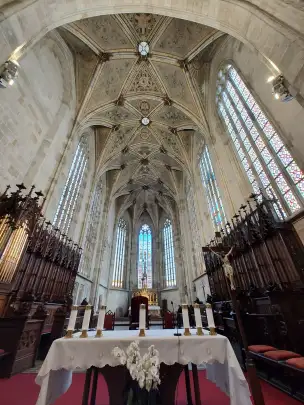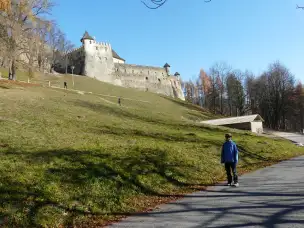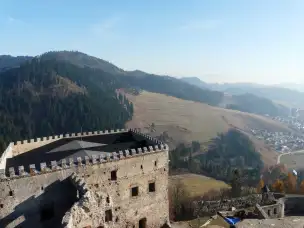Slovakia is a country with a rich heritage, diverse attractions, and exceptional landscapes. From the majestic Tatras Mountains, to historic towns, to numerous castles and caves – it offers something for every type of traveler. It’s an ideal destination for both active recreation and relaxation in nature.
Although it is often overshadowed by its larger neighbor, the Czech Republic, Slovakia offers remarkable attractions for lovers of nature, history, and culture. And it’s hard to miss Slovakia when traveling to Hungary…
Odkryj najlepsze loty do blisko sto miast na różnych kontynentach. Sprawdź aktualne ceny i promocje.
Sprawdź loty do blisko sto miast na różnych kontynentachHungarian Heritage in Slovakia
For centuries, Slovakia has been a very important area for Hungarian statehood. Key events in the history of the Kingdom of Hungary took place on present-day Slovak territory, and for centuries it hosted important administrative, commercial, and cultural cities.
After the Battle of Lech (955), when Otto I defeated the Hungarians, their raids into Western Europe were halted, and the Árpád dynasty began to stabilize its state. In the 11th century, the lands of today’s Slovakia became part of the Kingdom of Hungary and remained its northern region until 1918.
When the Ottomans captured Buda in 1541, the Kingdom of Hungary was divided, and the capital and seat of the Hungarian Diet moved to Bratislava (Pozsony/Pressburg), which became the political and coronation center of Hungary until the 18th century.
Slovak cities with strong Hungarian heritage:
- Bratislava (Pozsony) – the historical capital of Hungary from 1536–1784, site of Hungarian royal coronations, and an important center of Hungarian culture.
- Košice (Kassa) – the second-largest city of historical Hungary, one of the most important administrative and commercial cities. Hungarians form a minority today, but their influence is still visible.
- Trnava (Nagyszombat) – played a crucial role in the history of the Kingdom of Hungary, especially in religious and educational terms. After Buda fell to the Ottomans in 1541, the Primate of Hungary moved his seat to Trnava, making the city the temporary center of the Catholic Church in Hungary.
Slovak-Hungarian relations are burdened by historical grievances. After World War I, Hungary lost the territory of Upper Hungary to Czechoslovakia, which remains a sensitive issue in Hungarian politics. Today, about 450,000 Hungarians live in Slovakia (mainly in the south), which is a source of disputes over language rights and local governance.
Spiš Castles
Spiš (Slovak: Spiš, Hungarian: Szepesség) is a historic region on the border of present-day Slovakia and Poland, famous for its impressive castles, which played an important role in relations between the Habsburgs and the Jagiellonians. A key event was the so-called Spiš Pledge, in which 16 towns of Spiš were handed over by King Sigismund of Luxembourg of Hungary to King Władysław Jagiełło of Poland in 1412.
How did the pledge happen?
- In 1412, Sigismund of Luxembourg, King of Hungary, needed money for a war with Venice and borrowed 37,000 Prague groschen from Władysław Jagiełło.
- In return, he pledged 16 towns in Spiš to Poland, including Kežmarok, Levoča, and Podolínec.
- These towns were administered by Poland but formally remained part of the Hungarian Crown.
Spiš castles today are one of Slovakia’s greatest tourist attractions, especially Spišský hrad (Spiš Castle), one of the largest castle complexes in Central Europe and a UNESCO World Heritage Site. Other notable fortresses in the region include the castle in Stará Ľubovňa, Kežmarok Castle, and the ruins of Gelnica Castle. These sites provide an excellent glimpse into the medieval history of the region and are perfectly set within the picturesque Spiš landscape.




